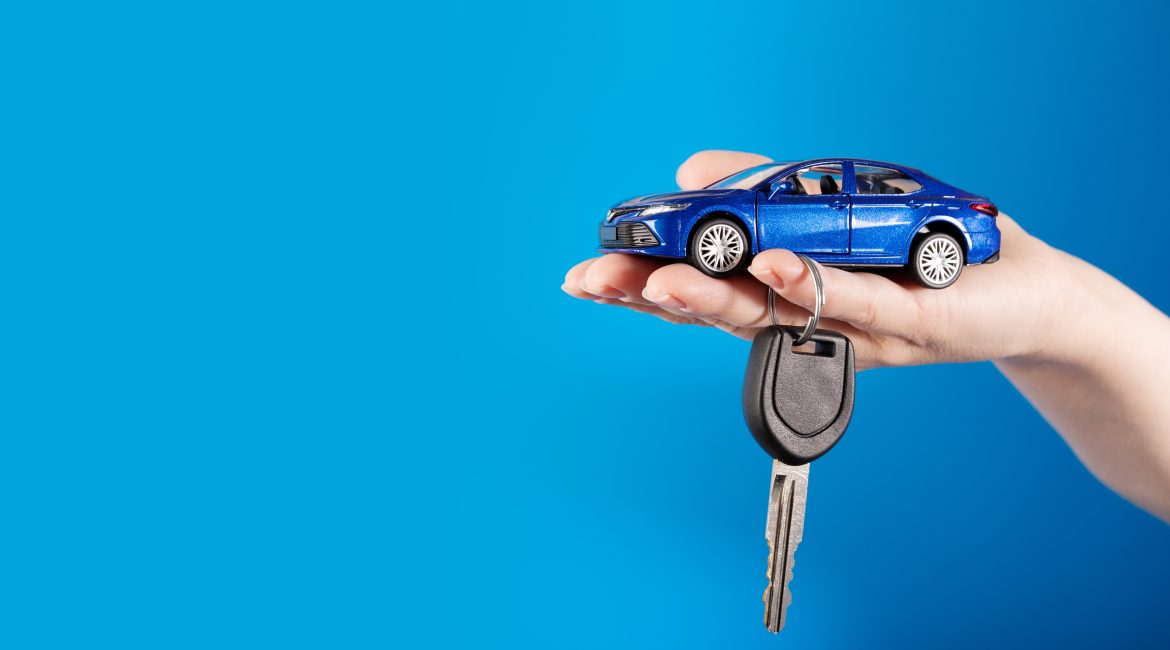Here’s how to make those monthly payments go up, up and away and save money whilst you’re doing it.
If this is your first time buying a car, we’re glad you’ve come here to get the lowdown on balloon payments and becoming a savvier consumer in the car market. Purchasing your first vehicle is a huge step and any first-time car owner will tell you that it isn’t all popping champagne bottles and cutting giant bows. In fact, there is a lot you should be considering before you even step into a car dealership.
Why? Because car dealers are going to do everything they can to sell you that car whether it really suits your budget or not. Let’s look at a scenario. You may walk into a car dealership with a car in mind, and your dealer tells you that they can offer it to you for R13 000 pm. That’s not including insurance, maintenance, or petrol.
So, you say surely there must be a lower price, at which your dealer tells you R11 000 is the lowest they can go, which still doesn’t work for you. You ask them once again if there is anything else they can do for you: and they say yes.
This is when they usually suggest a balloon payment, because there is always something that a salesman can do for you. You may also hear an option called a residual value loan which is similar, but we will touch on the differences briefly. Before you get swooped up in the moment and the lingo, take some time to learn about what a balloon payment is, whether it’s right for you, and how it will affect you in the long run.
What is a balloon payment?
The balloon payment was implemented as a way to help people save for the price of the car whilst driving it. Before your vehicle loan, you and the lender will negotiate and agree upon a lump sum (that will be calculated as a percentage of the loan) that will be payable in full after the vehicle finance term is over. Ultimately, a balloon payment will mean you pay significantly less each month on your car, giving you some breathing space to save up towards the final payment.
What is a residual value loan?
A residual value loan is the same as a balloon payment in the sense that you still pay monthly instalments towards the car and there is a lump sum payable at the end of the financial agreement IF you want to buy the car. The difference with a residual value loan is that, if you don’t want the car at the end of your loan period, you can return the car and look into signing a new lease agreement or keeping the car on.
Your loaner may charge for excessive mileage or poor maintenance – anything that has affected the resale value of the car. A newer car will have a lower monthly premium than a second-hand car because its value depreciates far quicker.
What is the downside of a balloon payment?
A balloon payment may sound like a saving grace when you’re in the moment because it offers a few instant pros:
- It could help with cash flow.
- You may avoid paying a deposit.
- You’ll pay less per month.
- An increased loan size means you’ll be driving a fancier car.
Sure, there are some immediate good points. They don’t last forever, however, and if you’re buying a car out of your budget range without proper research, the ramifications can be serious and take a heavy toll on your financial security.
As we said earlier, theoretically, a balloon payment should be able to give you the time to save towards your final lump sum. Let’s be honest with ourselves though – it isn’t always practical to be putting aside phantom cash that isn’t being demanded by the bank but instead by your own self-discipline.
This is where people get into trouble.
If you can’t pay your final lump sum at the end of your finance agreement, you are going to fall into a tricky debt cycle that we never like to hear about. If you cannot pay you will need to refinance or sell your car – more often than not, for less than its value.
A long-term commitment
A balloon payment is a long commitment, some extending to up to 72 months. That’s 8 years of paying off a car (and then presenting a massive lump sum) that you may be tired of in the next 5 years. Then suddenly you’re driving around a car you don’t like and having to still pull together your savings (if you’ve been good) to pay it off, which isn’t a good feeling, in our experience.
Read this next: Do you need car insurance before you buy a car?
Transparency is key
At the end of the day, it’s all about knowing exactly what you’re signing up for and how you’re going to be prepared for the future. Think long term and never rush your decisions – you have time on your side!
Your Insurance Family,
Oneplan




